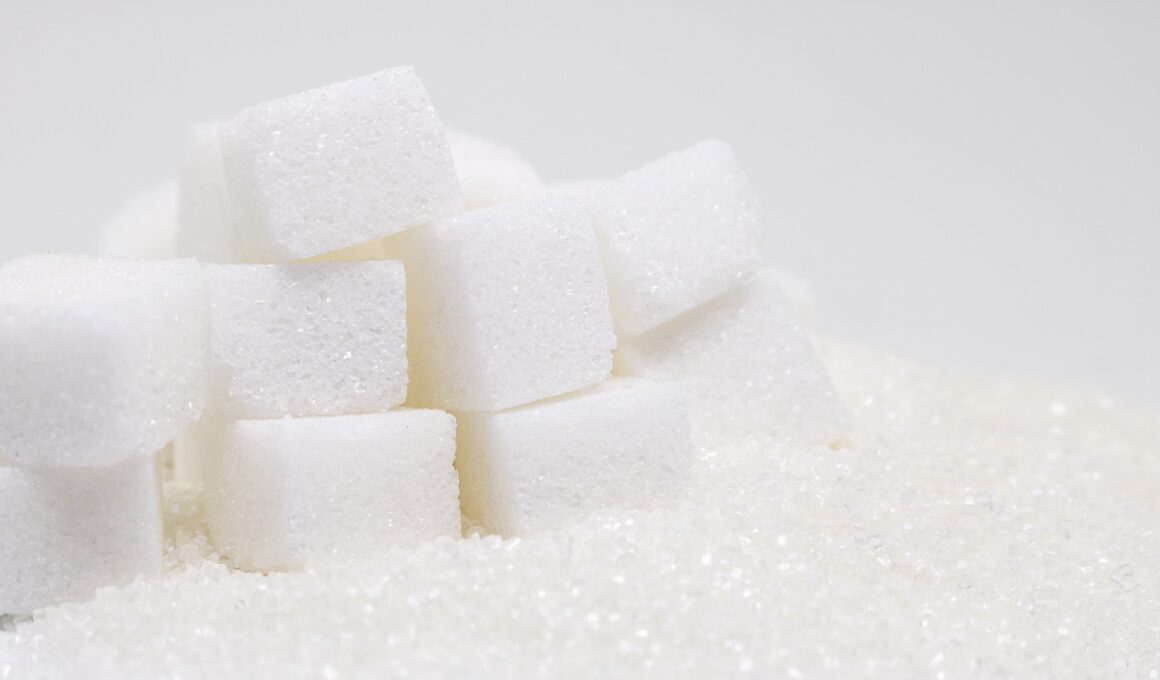A lot of foods contain sugar whether it they are carbohydrates which are made from sugars, or whether they are tinned foods which contain a lot of added sugar in order to preserve them. Almost everything contains sugar to some extent and it is very hard to avoid getting it in your diet.
Of course this isn’t entirely a bad thing – the body needs a certain amount of sugar in order to run healthily and that is where it gets its energy from in order run the brain, to boost our immune system, and to enable us to move around and do all those things that exert energy. However at the same time this makes it all too easy for us to overdose on sugar and to get more than we should in our diet, and this is particularly a problem for those who need to control their sugar intake more closely – such as those on diets or those who suffer from diabetes. Sugar in too high quantities for anyone can actually cause diabetes, and it can also give us a sugar high that leaves us exhausted straight after. It can make children hyper, it causes weight gain and it damages our teeth – all of which means it’s important to control your intake.
Fortunately there are ways to control the sugar in your diet and to test for sugar in food. Of course one easy way to do this is to look on the back of labels and these should give you some indication as to the amount of sugar in the item.
However if you’re unsure then you can also conduct your own tests to find out how much sugar content is in your food. To do this you will need glucose test strips, and these will help you to get a more accurate reading relatively quickly of any food item.
How to Use Glucose Test Strips
• First of all, fill a cup up with water and mark it ‘negative control’.
• Now make seven different labels and mark these on 7 more cups (cup 1, cup 2, cup 3 etc). Or of course you could just write directly onto the cups.
• Now fill the first cup with 0.2 quarts of water (use a measuring jug). Add two glucose tablets.
• Now for the remaining cups fill each with 0.1 quarts of water.
• Now pay attention this can get complicated: first of all ad 0.1 quarts of cup 1 into cup 2. Now add 0.1 quarts from cup 1 into cup three and repeat this process until you are adding one quart from 6 to 7. This will help you to make diluted sugar mixtures which will act as a great way to visualise how much sugar is in your food. However, you can of course skip these steps and just go straight to testing the food itself.
• Now get your testing strip and place it into cup 1 and hold it in there for thirty seconds (use a stop watch or a clock). Match the colour of the strip to the colour on the chart (this should have come with your strips) which will tell you the percentage.
• Now write down the findings you have, then do the same for all the other cups except for the negative control cup so that you have a reading for cups 1-7.
• Now slice a piece of food and put it into one of the cups. Press the test strip against the food until you make it wet, then match the test strip’s colour to the chart to get the glucose percentage.
• Now do the same with other food products and get readings for them – it’s a good idea to test a few different items of food that you eat regularly and then you will know how much you are taking in through these on a regular basis.
• Now make a chart and see how your food matches the diluted sugar mixtures you made. At the same time recognise what the percentage value means – anything less than .5 percent is low, 1-2 percent is average, and more than 2 percent is considered high.




